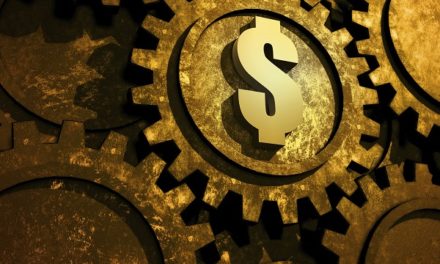
“Only buy something that you’d be perfectly happy to hold if the market shut down for 10 years.”
— Warren Buffett
The above quote from Warren Buffett is timeless, and brings into focus the choice about time horizon that any investor should think about before buying a stock they are considering. Behind every stock is an actual business; what will that business look like over a ten year period?
Today, let’s look backwards in time to 2010, and take a look at what happened to investors who asked that very question about Sherwin-Williams Co (NYSE: SHW), by taking a look at the investment outcome over a ten year holding period.
| Start date: | 05/10/2010 |
|
|||
| End date: | 05/07/2020 | ||||
| Start price/share: | $79.45 | ||||
| End price/share: | $528.56 | ||||
| Starting shares: | 125.87 | ||||
| Ending shares: | 141.78 | ||||
| Dividends reinvested/share: | $27.04 | ||||
| Total return: | 649.40% | ||||
| Average annual return: | 22.31% | ||||
| Starting investment: | $10,000.00 | ||||
| Ending investment: | $74,923.78 | ||||
As we can see, the ten year investment result worked out exceptionally well, with an annualized rate of return of 22.31%. This would have turned a $10K investment made 10 years ago into $74,923.78 today (as of 05/07/2020). On a total return basis, that’s a result of 649.40% (something to think about: how might SHW shares perform over the next 10 years?). [These numbers were computed with the Dividend Channel DRIP Returns Calculator.]
Beyond share price change, another component of SHW’s total return these past 10 years has been the payment by Sherwin-Williams Co of $27.04/share in dividends to shareholders. Automatic reinvestment of dividends can be a wonderful way to compound returns, and for the above calculations we presume that dividends are reinvested into additional shares of stock. (For the purpose of these calcuations, the closing price on ex-date is used).
Based upon the most recent annualized dividend rate of 5.36/share, we calculate that SHW has a current yield of approximately 1.01%. Another interesting datapoint we can examine is ‘yield on cost’ — in other words, we can express the current annualized dividend of 5.36 against the original $79.45/share purchase price. This works out to a yield on cost of 1.27%.
Another great investment quote to think about:
“If I’ve learned one thing in this life it’s this: even if you lose, don’t lose the lesson.” — Daymond John



